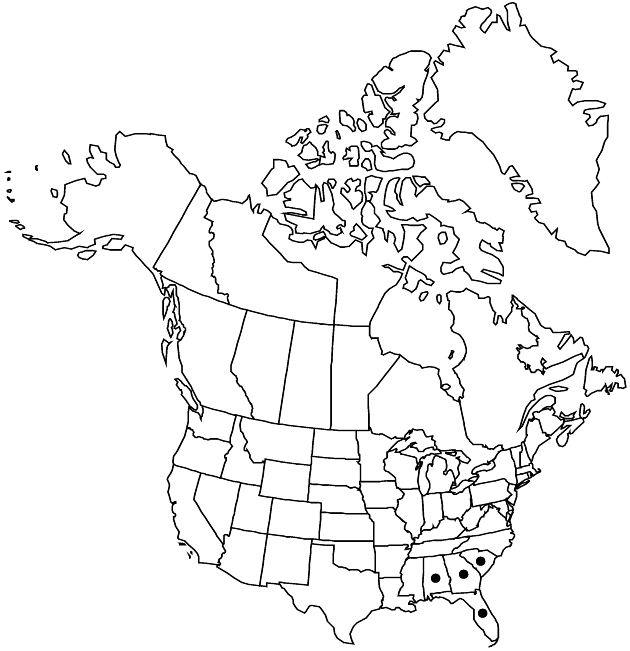Difference between revisions of "Rudbeckia mollis"
Sketch Bot. S. Carolina 2: 453. 1823.
FNA>Volume Importer |
FNA>Volume Importer |
||
| Line 47: | Line 47: | ||
|publication year=1823 | |publication year=1823 | ||
|special status= | |special status= | ||
| − | |source xml=https://jpend@bitbucket.org/aafc-mbb/fna-data-curation.git/src/ | + | |source xml=https://jpend@bitbucket.org/aafc-mbb/fna-data-curation.git/src/f6b125a955440c0872999024f038d74684f65921/coarse_grained_fna_xml/V19-20-21/V21_128.xml |
|tribe=Asteraceae tribe Heliantheae | |tribe=Asteraceae tribe Heliantheae | ||
|subtribe=Asteraceae (tribe Heliantheae) subtribe Rudbeckiinae | |subtribe=Asteraceae (tribe Heliantheae) subtribe Rudbeckiinae | ||
Revision as of 19:46, 24 September 2019
Annuals, biennials, or perennials, to 100 cm (taprooted). Stems softly pilose to woolly (hairs spreading, 1–4 mm, longer ones toward bases). Leaves: blades oblong to oblong-lanceolate (not lobed), margins entire or serrate, apices acute to obtuse, faces softly pilose to woolly, gland-dotted; basal petiolate, 5–12 × 0.5–2 cm, bases attenuate; cauline sessile, (elliptic to pandurate) 1.5–10 × 1–4 cm (mid largest, bases cuneate to auriculate). Heads borne singly or (2–12) in loose, corymbiform arrays. Phyllaries to 1.5 cm (faces hairy and gland-dotted). Receptacles conic to hemispheric; paleae 5–6.5 mm, apices acute, abaxial tips hirsute and gland-dotted. Ray florets 10–16; laminae linear to oblanceolate, 20–40 × 4–7 mm, abaxially hairy and gland-dotted. Discs 10–20 × 12–18 mm. Disc florets 200–400+; corolla bases yellowish green, otherwise brown-purple, 3–4.2 mm; style branches ca. 1.5 mm, apices acute to obtuse. Cypselae 2.5–3.5 mm; pappi 0 or coroniform, to 0.1 mm. 2n = 38.
Phenology: Flowering late spring–summer.
Habitat: Dry, sandy soils
Elevation: 30–90 m
Distribution

Ala., Fla., Ga., S.C.
Discussion
Selected References
None.